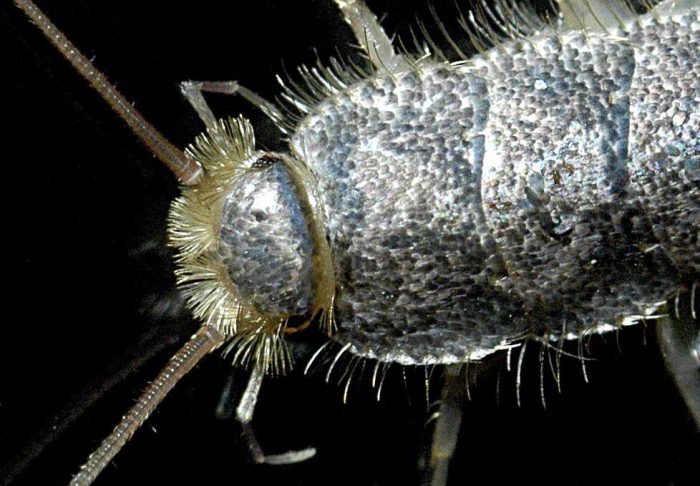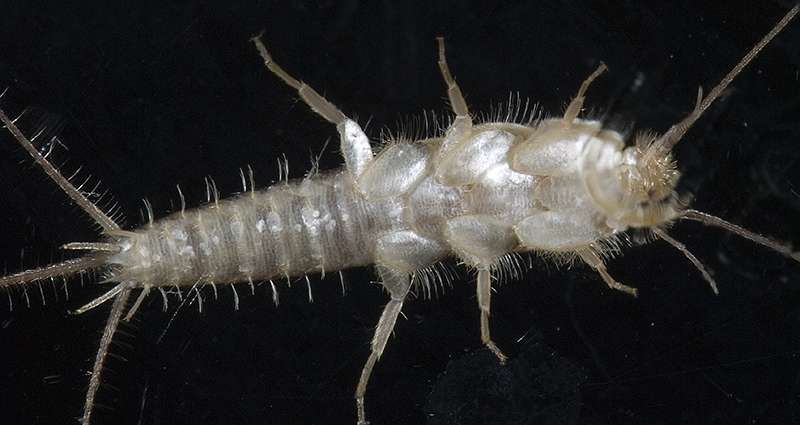Silverfish Pest Control? Here’s How to Keep Your Home Silverfish-Free
If you have you spotted a small, shiny, creepy-crawly darting away from you in your bathroom or pantry then you may need silverfish pest control?
If so, you may have had an encounter with a silverfish. While they don’t bite, sting, or spread disease, silverfish can be a real nuisance—damaging books, wallpaper, and even clothes.
Silverfish pest control can put paid to this.
In this blog post, we’ll walk you through everything you need to know about silverfish:
- what they are,
- why they like your home,
- and, most importantly,
- how to get rid of them and prevent their return.

What Are Silverfish?
Silverfish are ancient insects that have been around for over 400 million years. With their distinctive silver-gray appearance, long antennae, and fish-like movements, these pests are easy to identify.
They thrive in cool, damp, and dark environments, making bathrooms, kitchens, and basements their favorite hiding spots.
Why Do Silverfish Invade Your Home?
Silverfish are opportunistic feeders, meaning they consume a variety of substances. They are especially attracted to materials rich in carbohydrates and sugars.
Because they need moisture to survive, homes with high humidity, such as those near the coast or with insufficient ventilation, tend to be more prone to silverfish infestations.
Signs of a Silverfish Infestation
- Small Holes or Damage: If you notice irregular holes in books, papers, or clothing, silverfish could be the culprits.
- Fecal Droppings: Silverfish leave behind small black pepper-like droppings, often found near infested materials.
- Shed Skin: Silverfish molt throughout their life cycle, leaving behind their exoskeletons in dark areas of your home.
Silverfish Pest Control
The key to silverfish pest control is moisture management and a clean home. Here are our top tips:
- Reduce Humidity: Use dehumidifiers, especially in basements and attics. Ensure you have proper ventilation in bathrooms and other damp spaces.
- Secure Food Items: Store food items like flour, cereal, and pet food in airtight containers to keep silverfish from finding easy meals.
- Declutter: Remove old papers, magazines, and cardboard boxes that can provide shelter and food for these pests.
- Natural Deterrents: Use natural repellents like cinnamon or clove. Silverfish dislike these scents, making them a safe, non-toxic way to deter them.
Silverfish Life Cycle and Behavior

Understanding the life cycle of silverfish can help you prevent infestations more effectively. Silverfish have an extended life span compared to many other pests, sometimes living for up to three years.
During their lifetime, a single silverfish can lay between 2 and 20 eggs every few days, depending on the conditions. These eggs are typically hidden in tiny cracks and crevices, which makes locating and eliminating them challenging without proper knowledge.
Silverfish are nocturnal creatures, meaning they are most active at night. This nocturnal behavior is one of the reasons they can be hard to spot during the day. They are incredibly fast and prefer to remain hidden, which is why people often only realize they have an infestation after seeing damage to wallpaper or fabric.
Common Areas Silverfish Infest
- Bathrooms: The damp environment makes bathrooms ideal for silverfish. They can often be found around sinks, bathtubs, and other areas prone to moisture.
- Kitchens: Pantry items like cereals, grains, and sugars attract silverfish. Keeping food sealed is crucial to minimize their presence.
- Basements and Attics: Silverfish love dark and cool places with lots of clutter. Boxes of old clothes, papers, or books are ideal hiding places for these pests.
- Libraries and Bookcases: Due to their affinity for paper and glue, silverfish tend to congregate in bookshelves and areas where old papers are stored.
Silverfish vs. Firebrats
Many people confuse silverfish with firebrats, as they look quite similar. However, firebrats are typically found in warmer areas such as attics, near water heaters, and in insulation. While silverfish prefer cooler, damp environments, firebrats thrive in hotter climates. Understanding which pest you are dealing with is crucial in developing an effective treatment plan.
The Importance of Silverfish pest control
Integrated Pest Management (IPM) is an effective strategy that uses a combination of practices to manage pests in the most economical means possible while minimizing risks to people and the environment. Here’s how IPM can be applied to silverfish control:
- Monitoring: Regular inspections and monitoring are crucial in early detection of silverfish. Set out sticky traps in suspected areas to see if silverfish are present.
- Prevention: Prevention is key to silverfish management. Sealing entry points, reducing humidity, and storing food properly are essential preventive measures.
- Control: Use a mix of physical, chemical, and natural control methods.
When to Call the Professionals
While small numbers of silverfish can often be managed using the DIY methods above, larger infestations may require professional intervention.
House & Home Pest Control, led by James McGuiness, offers tailored pest control services to effectively tackle silverfish infestations and prevent their return.
James founded House & Home Pest Control in 2020 with a commitment to customer-focused and reliable pest management solutions.
His expertise and experience ensure that any silverfish problem is quickly addressed.
Get Help Today
Don’t let silverfish damage your books, pantry, or peace of mind.
Get in touch with House & Home Pest Control for swift and effective silverfish removal. Contact us today and let our team restore your home to a pest-free state.

